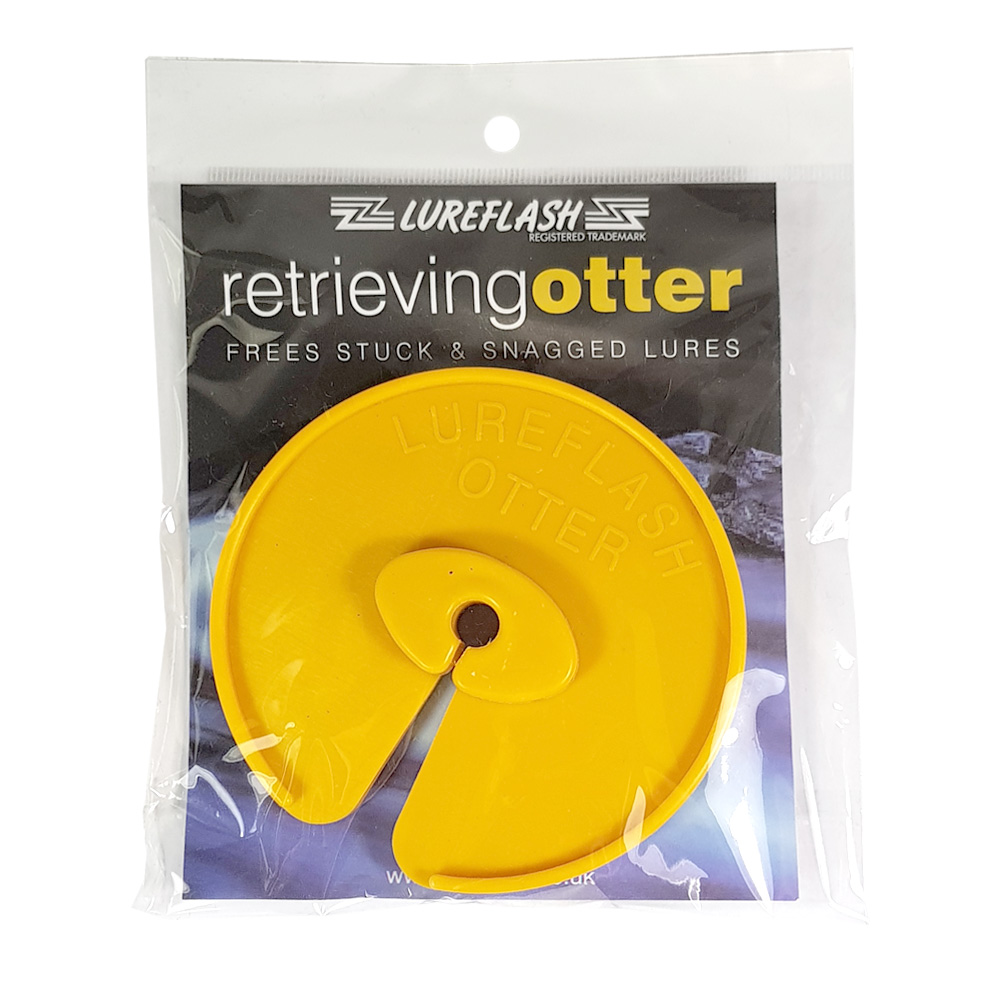Just Paul 1
Active member
Can anyone please tell me, why when course fishing do anglers use a stronger main line than the hook length but on rivers the majority of anglers use a stronger hook length than the main line? Just dont get it.
I think that's what the bottle does just gives it a bit more pull.Never tried the bottle approach, but have freed a few snagged feeders on the even by feeding out a large bow as the current takes that downstream and pulls the feeder from a different angle than from where you are fishing.
In sea fishing these are often used to lift the lead when reeling in over snaggy beaches and rocks. I think a smaller version could be made to work in a snaggy river.
View attachment 13431
Bang on the money there Peter.I have heard the Ribble has a rocky bottom and strong hooklinks are necessary to avoid breakages due to abrasion on the rocks.
Just guessing but If you were to keep to the norm of lighter hooklink, but had to use say a 8lb hooklink, that would necessitate going up to 10lb mainline, which on a standard coarse fishing rod could restrict casting distance or hamper trotting gear due to the size of the rod rings.
the concept is called an “otter” ... still on saleJust thought I would mention this, in an old book I was reading they attached a plastic bottle to the line when snagged, I assume this floats down and can pull the rig free from a snag, not sure if they filled it water as well so it had a bit of weight but either way I can see how it could work. I don't fish snaggy generally just silt but if I was fishing a snaggy river I think it might be worth taking a plastic bottle with a clip attached to it. I am sure it would free the tackle in some situations,.

